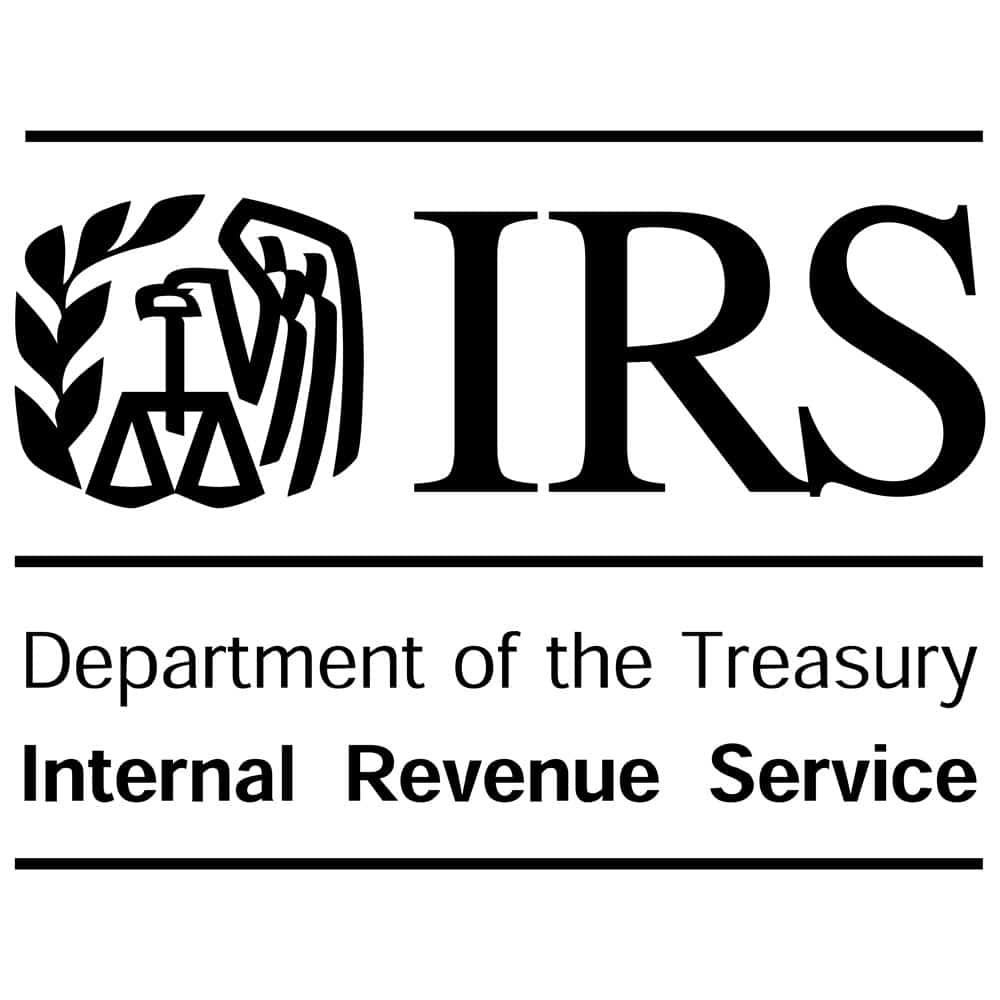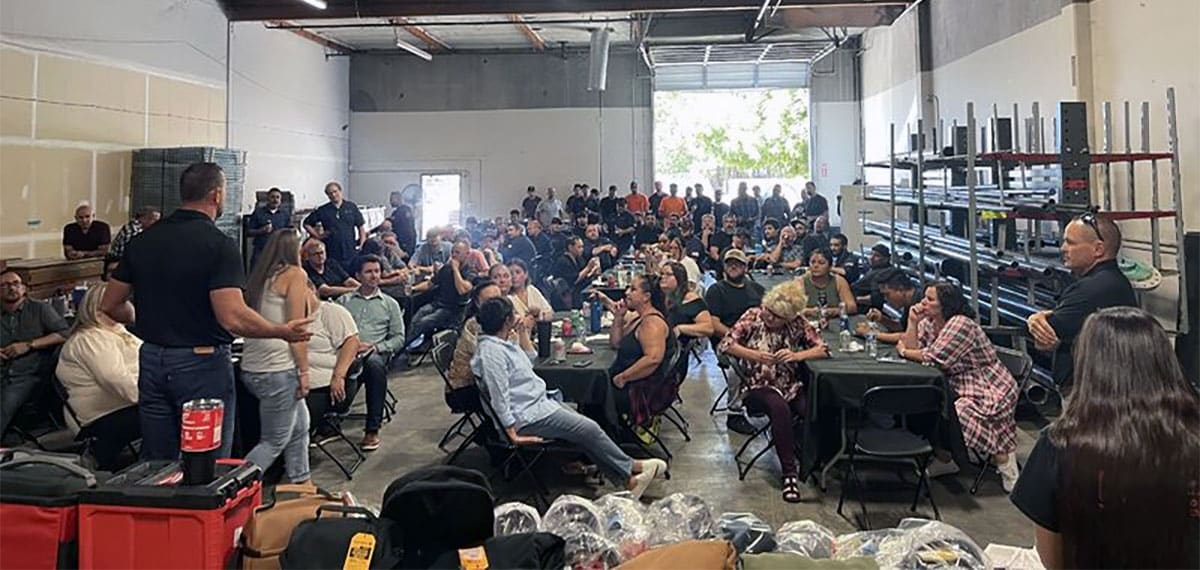By John D. Menke, Esq.
A & E firms, like other service businesses, face two challenges to business succession. First, how will the firm finance the buyout of the founders when they are ready to exit the business? Second, how will the firm best be able to provide equity incentives to attract and retain key employees who will become successor management when the founders exit the business?
The exit vehicle for founders of A & E firms traditionally has been to redeem the stock of a founder in exchange for cash and/or a seller note when the founder is ready to exit the firm. But this approach has three distinct disadvantages. First, if the founder is a significant equity holder, as is usually the case, the redemption will result in reducing the number of share outstanding, thus increasing the per- share value per share of the remaining shares. This increase in the per-share value of the stock then makes it even more expensive to buy back the shares of other founders who exit the firm in subsequent years. Second, a stock redemption is not a tax-deductible business expense for the firm. Although the firm can deduct the interest on a seller note, the principal payments are not tax- deductible. Third, the increase in the per-share value of the stock also makes it more difficult for newer associates to buy into the firm’s equity and become partial owners.
At the same time, as A & E firms have grown in size and in value, it has become more or more difficult for newer associates to buy into the firm’s equity, even in the absence of stock redemptions from founders. As a result, newer associates can no longer afford to have “skin in the game”, and the ownership of the firm becomes highly concentrated in the hands of the original founders.
Why Selling to an ESOP Is a Better Solution
For many A & E firms, the solution may be to use an Employee Stock Ownership Plan (“ESOP”) as the exit vehicle for the founders, and purchase warrants as the equity incentive/management succession plan for key employees and successor management.
For many A & E firms, an ESOP is the ideal exit vehicle for retiring founders for a number of reasons. First, with an ESOP, the tax advantages are far superior to the tax results of a stock redemption. For example, if the firm is a C corporation, or switches to C corporation status, the sellers who sell their stock to the ESOP can sell their shares entirely tax-free, provided the ESOP acquires at least 30% of the outstanding stock and then reinvest the proceeds in qualified replacement property (stocks, bonds, or notes of U.S. corporations) within 12 months of the sale. In addition, if the firm is a C corporation, all company contributions to the ESOP that are used to make payments on seller notes are fully tax-deductible. Or, if the firm is an S corporation, or switches to S corporation status, all of the earnings of the firm attributable to the stock held by the ESOP will not only be tax-deductible, but will also be tax-exempt. Thus, if the ESOP acquires 100% of the outstanding stock, the company’s earnings will be 100% exempt from federal and state income taxation, thus making it considerably easier to pay off seller notes.
Second, with an ESOP, the number of outstanding shares usually remains the same so that there is no automatic increase in the per-share value of the stock such as occurs with stock redemptions.
Third, with an ESOP the shares purchased by the ESOP are usually voted by the Plan Committee, which is appointed by the firm’s Board of Directors. Hence, unlike a stock redemption, sale of stock to an ESOP usually does not result in any change in voting control.
Why Purchase Warrants Are Better for Key Employees
Clearly, using an ESOP as the exit vehicle for senior shareholders is ideal in comparison to a stock redemption. But what is the ideal solution to the problem of providing meaningful equity for key employees? An ESOP must cover all employees, and allocations of stock within the ESOP, which are based upon relative compensation, do not provide sufficient equity incentives for key employees.
As indicated previously, the traditional solution has been to allow and/or require that key employees purchase shares of stock in the firm (at full fair market value) using their own after-tax funds. Increasingly, however, key employees cannot afford to purchase a meaningful amount of shares, even if they are allowed to purchase them in exchange for five or ten year promissory notes.
Another traditional solution has been to offer stock appreciation rights (“SARs”) or phantom shares to key employees. This solution, however, is not ideal for a number of reasons. First, the grant of SARs or phantom shares will dilute the equity value of the remaining shareholders. Second, the exercise of these rights will result in the employee having to pay taxes on the fair market value of these rights at ordinary income tax rates. Third, from the employee’s standpoint, receiving a grant of SARs or phantom shares is not the same as being a stockholder of the firm.
The use of purchase warrants is the ideal solution to this problem, especially when they are offered in tandem with a partial or total ESOP buyout. Purchase warrants enable A & E firms to require that key employees have “skin in the game”, and it enables A & E firms to offer this benefit without any current dilution to the existing shareholders. From the standpoint of key employees, purchase warrants enable them to buy into the equity of the firm at very highly discounted prices, and enables them to later cash out at capital gains tax rates, unlike the other equity incentive plans mentioned earlier.
The use of purchase warrants as a tool for business succession is a relatively new concept in the realm of equity incentive plans. This concept has only come into existence in the last couple of years, but it has already enjoyed enthusiastic acceptance by many firms, especially by those that are service businesses.
How Purchase Warrants Can Be Used in Tandem with an ESOP
To illustrate how purchase warrants can be used in combination with an ESOP buyout to maximize the benefits to the selling shareholders and to the management succession team, let’s take an example of a transaction that was recently completed by a service business on the Midwest.
Company X was an engineering company that had been in business for over 40 years. The company was owned by 15 shareholders, but the founder still owned 51% of the stock and wanted to retire from the business. The business operated as an S corporation and was appraised at $50 million for ESOP purposes.
The ESOP acquired all of the outstanding stock of the company in exchange for $10 million of cash and $40 million of seller notes bearing interest at 8% per annum.
Since the purchase price was entirely debt financed, the internal fair market value of the company post-transaction was zero. However, the actual fair market value of the ESOP shares, as determined under the Black-Scholes valuation method, was $3.5 million or $3.50 per share, based on one million shares outstanding.
Post-transaction, the management employees were offered to opportunity to purchase stock warrants for up to 350,000 common shares at a price of $3.50 per share. The warrants were purchased by 20 key employees in exchange for 10 year promissory notes. The total purchase price for the warrants was $1,225,000. The average purchase price per employee was $61,250, payable over a period of 10 years.
The exercise price was set at price that was 100% of the post-transaction value, i.e. $3.50 per share, to ensure that the warrants would not be classified as a second class of stock, which is not permitted in an S corporation.
Based upon historical growth rates, it was projected that the company’s revenues and profits would grow an at annual growth rate of 5.5% per annum over the next 10 years. Based upon these assumptions, it was projected that the net value of the warrants over the exercise price would be $30 million at the end of the term. Under the terms of the Warrant Agreements, the employees had a “put option” to put their warrants to the company at the end of 10 years, and the company had a “call” option to call the warrants at the end of 10 years so that the company could remain 100% owned by the ESOP and remain 100% tax exempt.
In this particular case, all of the warrants were offered and purchased immediately after the ESOP transaction. However, some companies reserve a certain amount of warrants for future employees, and some companies condition the grant of future warrants upon the attainment of performance goals. Under this alternative, however, the warrant purchase price and the exercise price must be determined at the time the warrants are purchased.
The amount of warrants that can be provided in total ranges from as little as 15% to as much as 35%, depending on how critical key employees are to the success of the business and how much equity ownership the company has historically set aside for key employees. In any event, the total number of warrants that can be issued is something that has to be negotiated with the independent fiduciary on a case-by-case basis. It should also be noted that any warrants that are granted to sellers in connection with seller notes will be counted against the total pool of warrants that can be issued in the transaction.
Conclusion
To summarize, purchase warrants represent a new dawn in the evolution of equity participation plans for key employees. When combined with an ESOP buyout, they provide an ideal solution of the age-old problem of how to provide significant management equity participation at the critical point in time when prior owners are exiting from the business.
John D. Menke, Esq.





